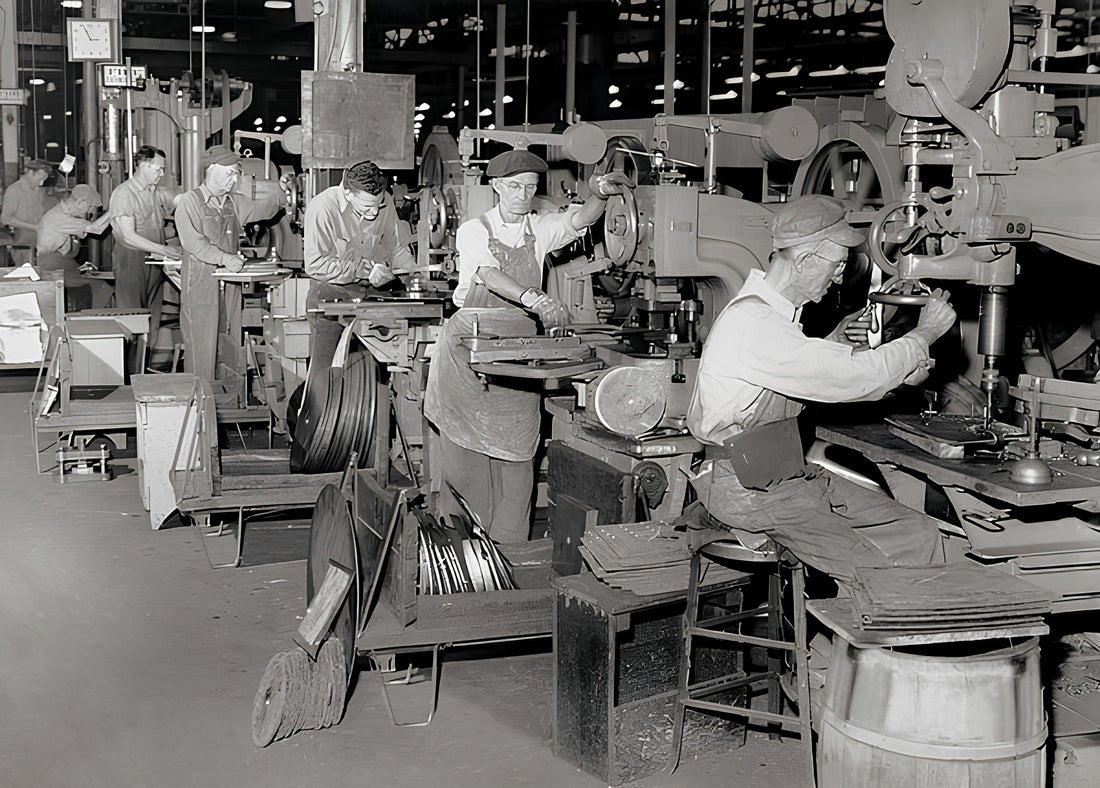
The backpack: function became legacy
Share
History of sewing, necessity and heritage
Long before backpacks paraded through airports, campuses, or boardrooms, they were born silently... like almost everything that transcends.
It wasn't in Paris or Milan. It was in the mountains.
The first trace of something we would call a "backpack" today appears more than 5,000 years ago: next to the frozen body of Ötzi, the "Iceman," found in the Alps. He carried a bent wooden staff, to which was attached a frame of leather and braided fibers. It wasn't an accessory: it was his life wrapped around his back. Tools, fire, food. Everything fit in there.
But it wasn't until centuries later, in the 19th century, that the backpack took shape as a design object. In 1886, Norwegian Ole F. Bergan created a curved wooden frame that fitted snugly around the body. It was a practical solution for Scandinavian hunters and explorers. Comfort and load capacity were, for the first time, balanced.
From there, the seams began to tell stories.
The male needle: a forgotten image
The scene accompanying this article—men sewing in silence—is neither a contemporary montage nor an anomaly. In the 19th and 20th centuries, it was they who made backpacks, straps, and equipment for exploration, war, and industrial work. In small workshops, amidst leather, canvas, and bronze buckles, the foundations of what we associate today with style and utility were formed.
They were backpacks designed to last, not to sell.
To weather storms, not trends.
From war to lifestyle
During World Wars I and II, backpacks evolved with the textile industry. The concept of the "military backpack" was born: functional, compact, with multiple pockets. After the war, soldiers returned with them... and unwittingly introduced the concept into civilian life.
In the mid-20th century, backpacks began to be seen on students, artists, and travelers. They were no longer just useful: they became symbols of mobility and freedom. The era of design began to make them more sophisticated.
And luxury, decades later, embraced them.
Seams that still whisper
At Velbossa®, we look back on that history with respect. Because we understand that the backpack isn't a fad. It's an extension of the person wearing it.
Every buckle has a purpose. Every pocket, a purpose.
And although leather has replaced canvas, and proportions have been refined, the soul of those early backpacks—sewn by quiet hands—lives on in every well-designed piece.
It's not a bag.
It's your file.
Your legacy.
